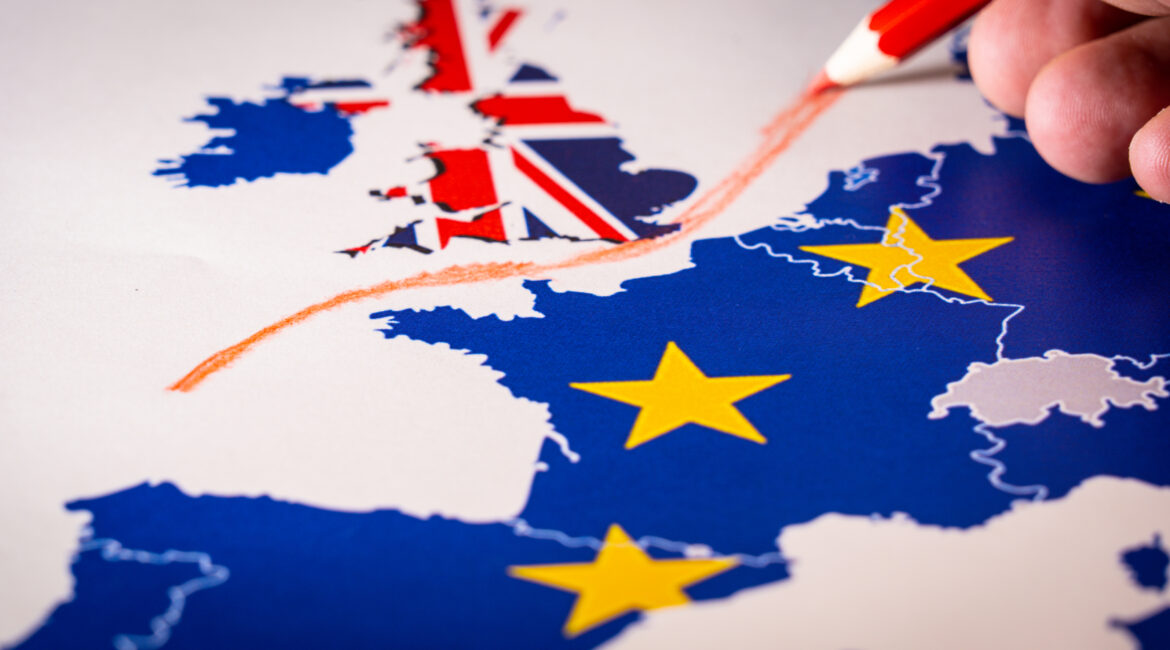The European Union and the United Kingdom finally completed their negotiations on a trade and cooperation agreement on Christmas Eve. The published text is available both on the European Commission’s and the UK government’s website. It comprises 1246 pages of dense text including a number of annexes. In addition there are a number of political declarations covering further issues, such as British participation in the EU’s research and development HorizonEurope programme.
The provisions on intellectual property are to be found in Part Two, Title V, from page 125 of the agreement. There are few surprises. The transition provisions for conversion of European trademarks and design rights to national rights had already been covered in the previous withdrawal agreement, which came into force at the end of January. We have already reported the arrangement by which the rights will be converted into UK law.
The new agreement includes the standard language about all sides signing up to international treaties on intellectual property and also obliges both sides to not discriminate against each other’s citizens when filing for intellectual property. The agreement also includes a commitment by both the European Union and the United Kingdom to provide effective enforcement measures. These mirror the existing European directives and regulations and will not come as a big surprise. Cross-border enforcement will, however, be more complicated. There will no longer be a common trademark or design right which means that a European court cannot pass judgement on infringement of a national UK right, even if it is derived from an existing European trademark. Enforcement of judgements made in courts on, for example, licensing or payment of royalties will be more complicated in the future.
One provision which could cause problems in the future is the so-called “exhaustion” of intellectual property rights. This occurs when a company puts its product onto the market and the sale “exhausts” the rights in the product so that it may be sold on further. Article IP.5 on page 126 emphasises that both the European Union and the UK have the freedom to determine the conditions under which conditions the exhaustion will apply. This issue will have an immense effect on the trade of so-called “parallel imports” between the UK and other members states of the European Union.
Another provision which apparently caused a lot of dispute during the negotiations is that related to so-called “geographical indications” which protect the geographical names of food, drink, and agricultural products. The previous withdrawal agreement in Article 54 (2) committed the UK to continue protection after the leaving date. The new agreement states in Article IP.57 (on page 147) that the parties may “jointly use reasonable endeavors to agree rules for the protection and effective domestic enforcement of their geographical indications.
The trade and cooperation agreement still has to be approved by the UK parliament, the European Parliament and the member states of the EU. Full ratification is expected in January, but the agreement will be provisionally applied from 1 January.
This is necessarily a short summary of the agreement. If you require further information please get in touch here.
[Photo Credit: Ivan Mark / Stockfoto / Shutterstock.com]




